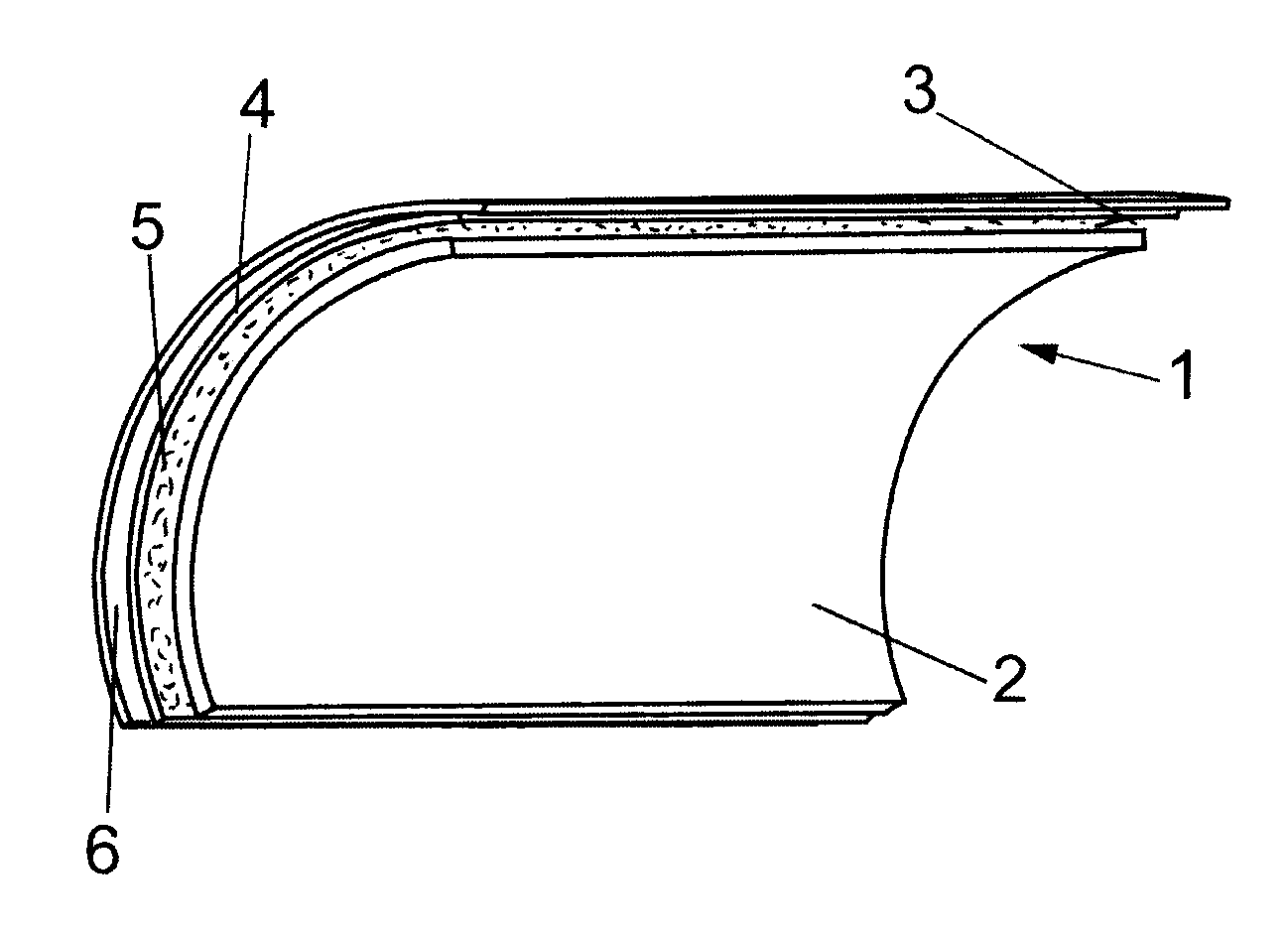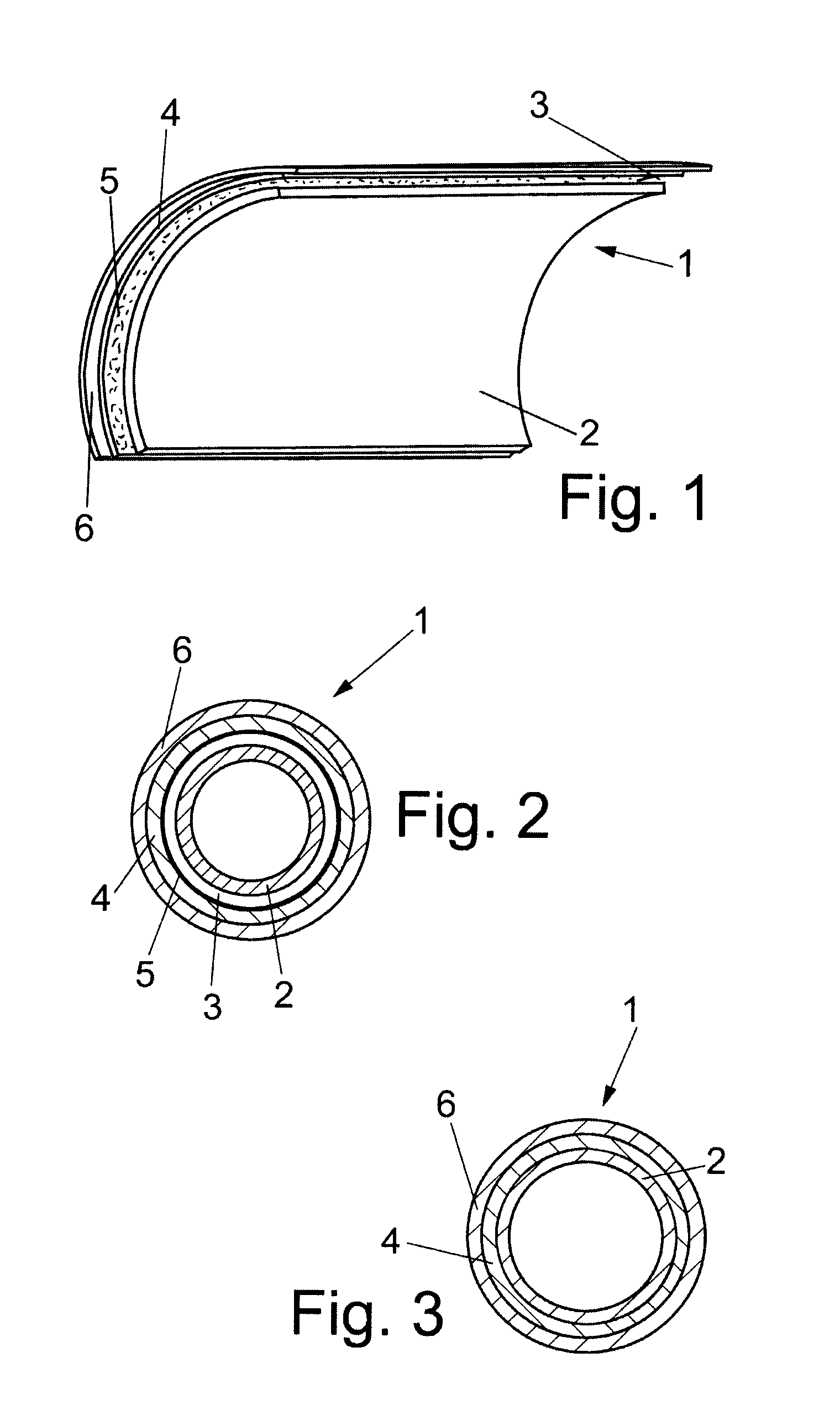Apparatus for generating electrical power from the waste heat of an internal combustion engine
- Summary
- Abstract
- Description
- Claims
- Application Information
AI Technical Summary
Benefits of technology
Problems solved by technology
Method used
Image
Examples
Embodiment Construction
[0022]In the discussion that follows, reference is made to one or more embodiments shown in the drawings. The invention, however, is not intended to be limited to the embodiments shown and described. To the contrary, the invention is intended to encompass additional equivalents and variations, as should be understood by those skilled in the art.
[0023]In the following description of the figures, terms such as above, below, to the left, to the right, in front, behind etc. refer only to the exemplary illustrations and position of the apparatus and its constituent parts selected in the respective figures. These terms are not to be understood as restrictive, that is to say these relationships can change in different operating positions or by virtue of mirror-image symmetrical design or the like.
[0024]FIG. 1 shows a preferred embodiment of the apparatus for generating electrical power from the waste heat of a motor-vehicle internal combustion engine. The apparatus has a double-walled pipe...
PUM
 Login to View More
Login to View More Abstract
Description
Claims
Application Information
 Login to View More
Login to View More - R&D
- Intellectual Property
- Life Sciences
- Materials
- Tech Scout
- Unparalleled Data Quality
- Higher Quality Content
- 60% Fewer Hallucinations
Browse by: Latest US Patents, China's latest patents, Technical Efficacy Thesaurus, Application Domain, Technology Topic, Popular Technical Reports.
© 2025 PatSnap. All rights reserved.Legal|Privacy policy|Modern Slavery Act Transparency Statement|Sitemap|About US| Contact US: help@patsnap.com


